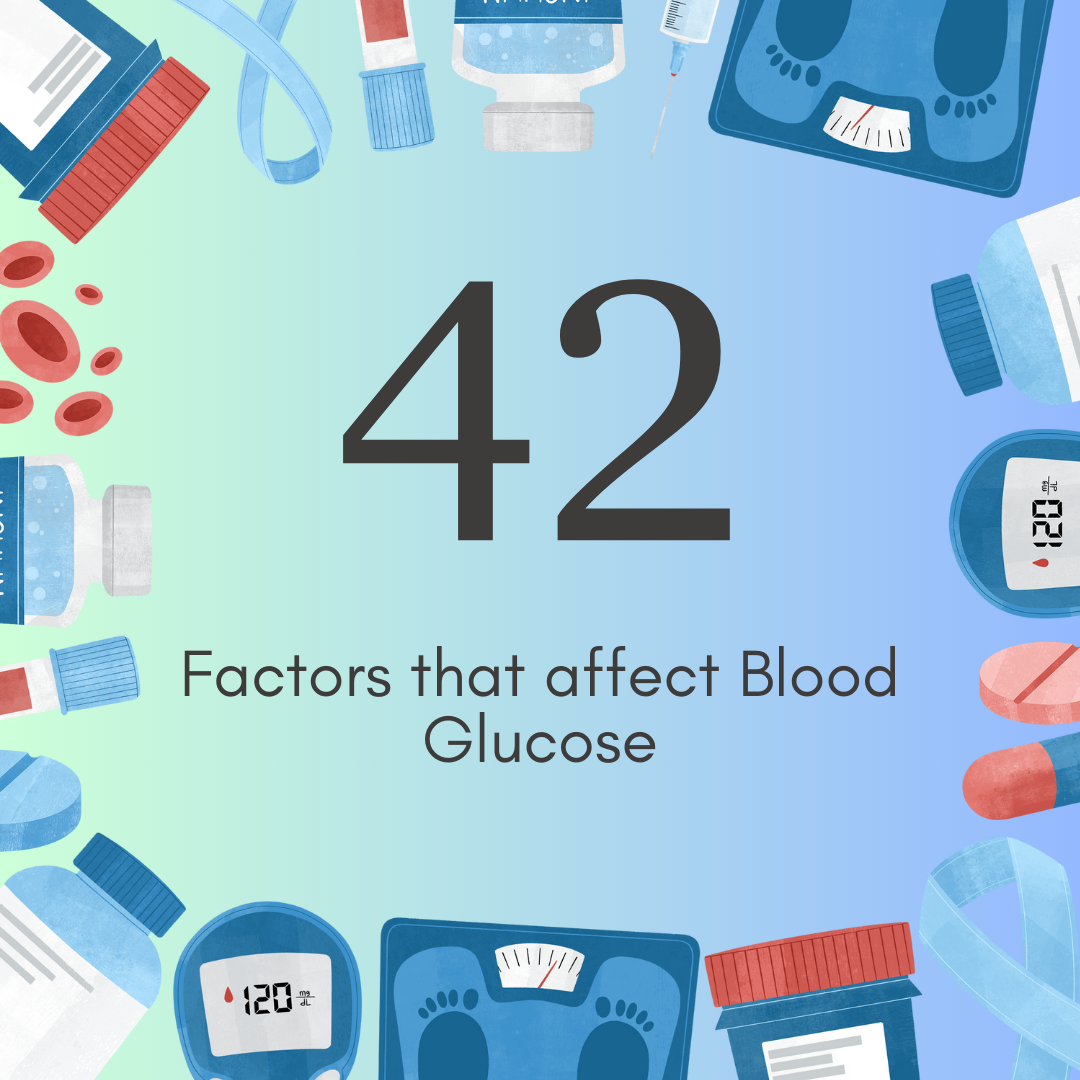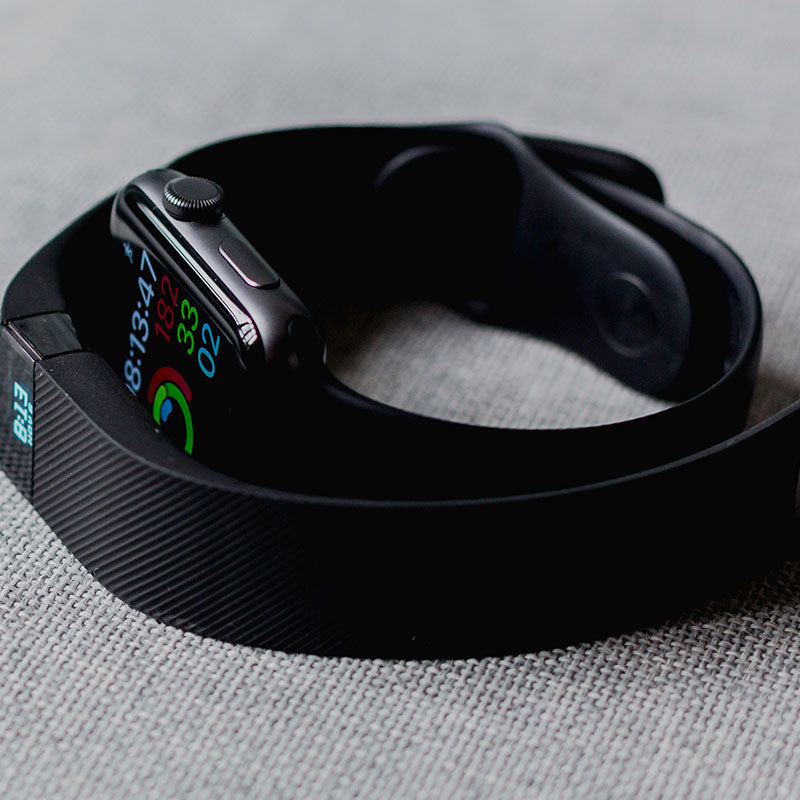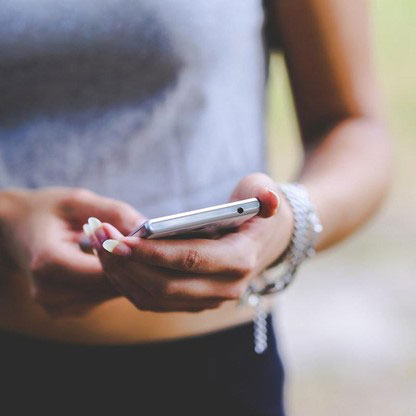Tips for a good A1c
I have been living with Type 1 Diabetes for 5 years now, since November 2014. Managing diabetes is challenging to say the least, more challenging some days than others since there are so many things that affect the blood sugar. I have my good and bad days in diabetes management like everyone, aiming for perfection is unrealistic. I do my best to live a healthy lifestyle and have managed to maintain my A1c from 5.5-5.9% for the last few years. I’m going to share some tips that have worked well for me.

Adjusting the basal rate
I revise and adjust my basal rate regularly. I find that I need more insulin in winter than summer and depending on the time of the month. Sometimes I can go months with the same basal rate, other times I need to adjust it a few times per month. I wear an insulin pump which makes it easy to change the settings and set a temporary basal rate when needed, for example if I get sick I need to increase the basal rate temporarily.
If I notice a pattern of higher blood sugars in the morning I will increase my basal rate to aim for waking up with a better blood sugar. I find that that if my blood sugar is higher in the morning it often makes a difference in how it will be for the rest of the day. If it’s too high in the morning it tends to be more stubborn for the rest of the day.
If my blood sugar is within range and relatively stable during the night I will sleep better and start the day off well. The blood sugar during the night is also about 1/3 of the time so it’s important to get it right.
Not eating late at night
I try to not eat dinner too late (not after 8 if possible) and don’t eat after that. It takes a few hours to digest the meal and for the insulin to be used so the less insulin I have on board when going to bed, the better. If my blood sugar is on the higher side when I go to bed I will give a correction that my insulin pump calculates.
Wearing an insulin pump and a CGM
I have been wearing an insulin pump for 4 years and a CGM (Continuous Glucose Monitor) for 3 years and it helped me tremendously in managing my diabetes. The pump helps me calculate the insulin doses, makes corrections much easier as well as being able to set temporary basal rates. It also has settings to deal with tricky foods such as pizza that is high in carbs and fat so the insulin can be given in increments to keep a more stable blood sugar.
The CGM helps me understand how different types of food affect my blood sugar and more importantly alerts me when my blood sugar goes out of range. It has saved me from many lows and highs and I can’t imagine living without it now. I feel like I’m flying blind without it, only having glimpses of numbers here and there and not knowing if you’re trending up and down makes a huge difference.
Choosing the right kind of carbs
I don’t follow a low carb diet. On average I eat around 150 gr of carbs per day, but I do my best to choose the right kind of carbs. I do indulge in sweets and higher carb foods from time to time but when possible I go for whole grain bread instead of white, whole wheat pasta, brown rice etc. Portion control is also important, specially with tricky foods like rice, pastries and pizza though it’s hard to get it right all the time so I don’t have those types of foods too often or in big portions. I also prefer not to drink my carbs so I only drink water most of the time.
Becoming an expert in carb counting
This is something that will take a long time to perfect and is ongoing work but it definitely pays off. Reading food labels and getting an accurate carb count for my meals makes a huge difference in blood sugar management. However, it can be difficult to do as I like to eat all kinds of different foods and don’t have access to a scale or the carb count a lot of the time. Sometimes I have to “guesstimate” with various results.
I’ve used a phone app called Carbs & Cals. It has a database of various foods and the nutritional info with them along with pictures. I also have a food scale (Perfect Portions) that I find very useful for foods like rice, popcorn and chips for example. It has a database of common foods so you enter the code for that particular food item and when you weigh it you see all the nutritional info.
Adjusting the bolus
If I notice a pattern of too high or too low blood sugars after meals I adjust the bolus rate for that meal on my pump. I then give it a few days to see if it gets better and adjust again if necessary.
Eating regularly and prebolusing
I always have a good breakfast, lunch and dinner and usually around the same time of day, give or take an hour or two. I like to stay consistent, have a substantial meal that makes me full for a while to minimize the need for snacking. I like having the same breakfast since I know the carb count and how it affects my blood sugar, though the blood sugar results are not always the same.
I also like to space out my meals so I don’t have too much insulin on board when I have a new meal which could result in insulin stacking. I also try to have my blood sugar under 7 mmol/l when I start eating, it makes my blood sugar easier to manage and minimizes the risk of spiking. If I’m too high before a meal I bolus a bit before if possible and wait until my blood sugar starts do go down before eating.
Other quick tips
- Drinking plenty of water
- Getting enough sleep
- Exercising
- Reducing stress





